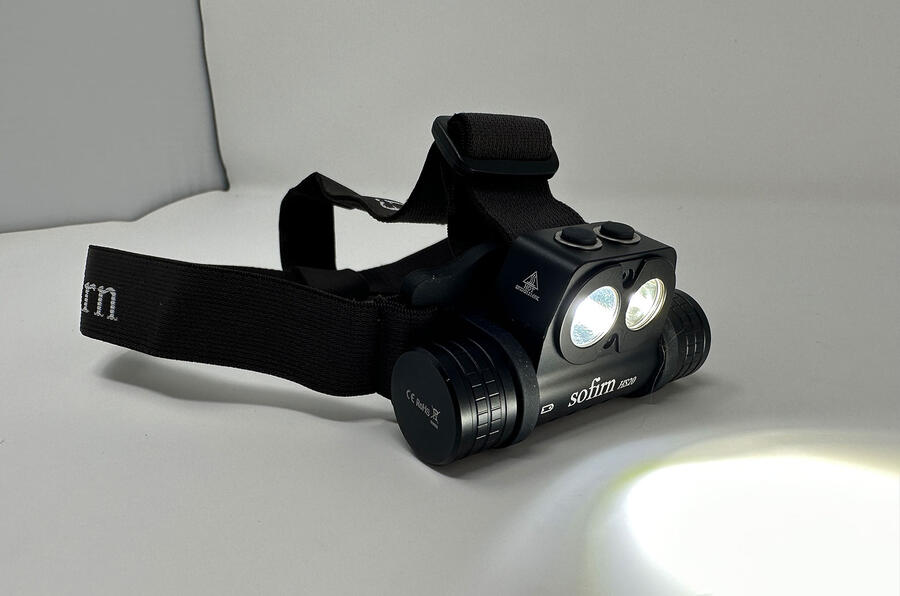
Head torches are useful for illuminating dark areas in the garage, such as engine bays and suspension crannies. However, choosing the right head torch can be challenging, as some may not offer good performance despite their low cost. That’s why we tested a variety of well-known head torches in the industry.
In this product test, we excluded suspiciously cheap options, as it’s worth spending a moderate amount of money to get a decent head torch. We focused on rechargeable head torches that provide 200 lumens or more, allowing for a wide range of prices and performance levels.
Our testing criteria included brightness, range of lighting modes, and the distance the beam could reach in dark areas. Comfort was also a significant factor as many users may want to use these head torches for activities like walking and cycling, so we evaluated them in those contexts as well.
BEST BUY: BioLite 200 Lumen headlamp

Price: £41.00
Run time: 40 hours
Despite being a single-strap head torch, the BioLite is incredibly comfortable. It has a wide, soft, curved backing that prevents bouncing and slipping, and the strap is easily adjustable. Although it has a lower lumen rating compared to other torches, it’s still quite bright in practice. The headlamp can swivel downward and has a battery life of around 40 hours on low setting. If you need more brightness for detailed garage work, it can provide three hours on high mode. Additionally, it features a red light and a pulse setting for both white and red modes. The BioLite is well-built, weighing only 50g, although it’s not waterproof. Overall, considering its quality, comfort, and excellent run time, the BioLite is the best choice.
Autocar says: 5 stars
Sofirn HS20 head torch 2700 lumen

Run time: 10 hours
We seriously considered awarding the Sofirn as the winner. It’s the brightest option, providing a massive 2700 lumens when both LED lights are on. One LED light emits a more focused, bright white beam, while the other produces a broader, warmer white beam.